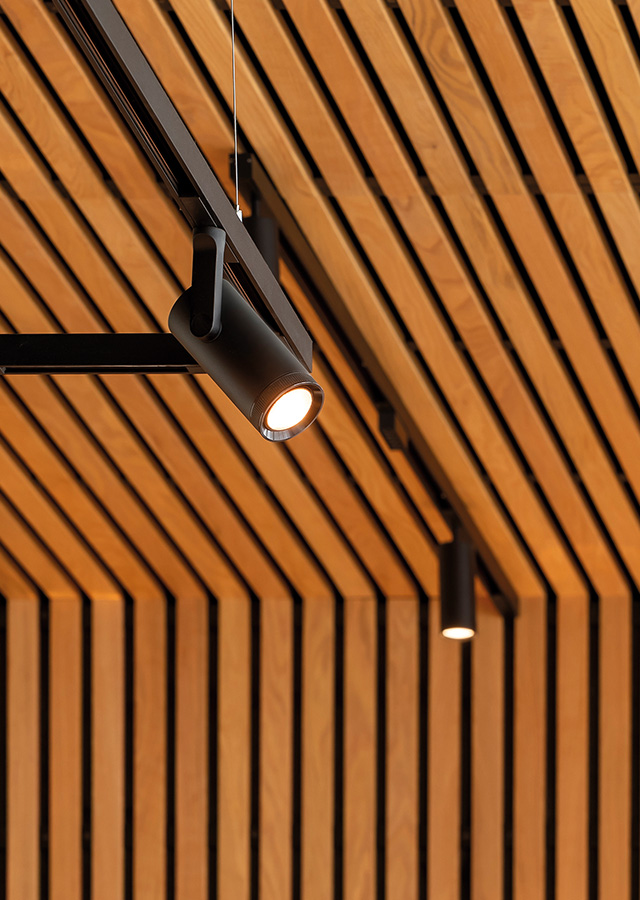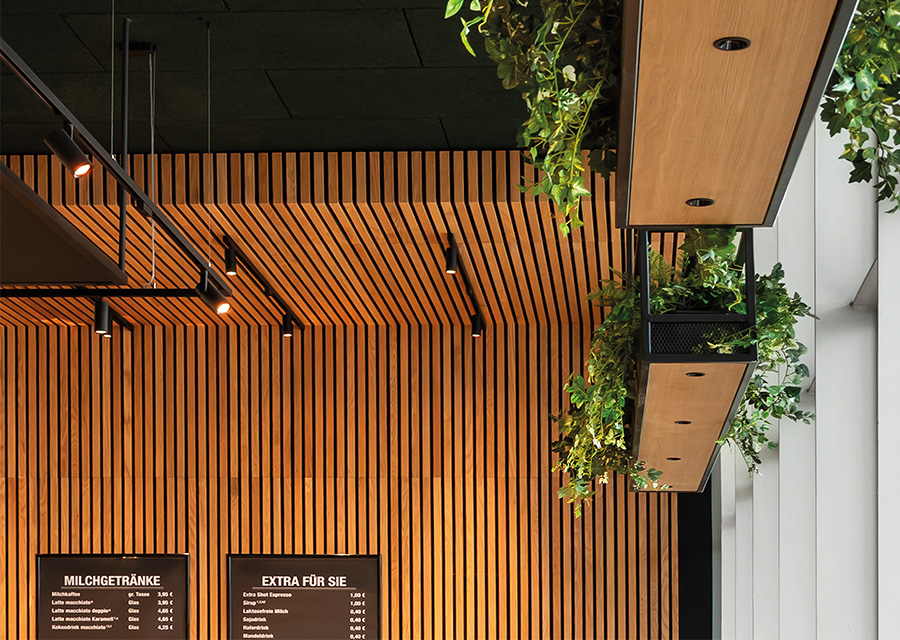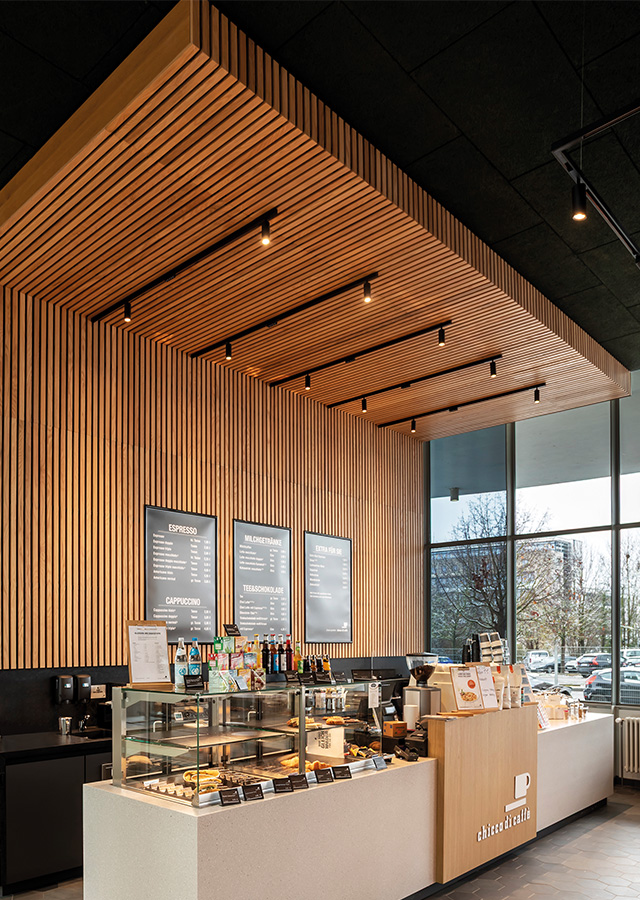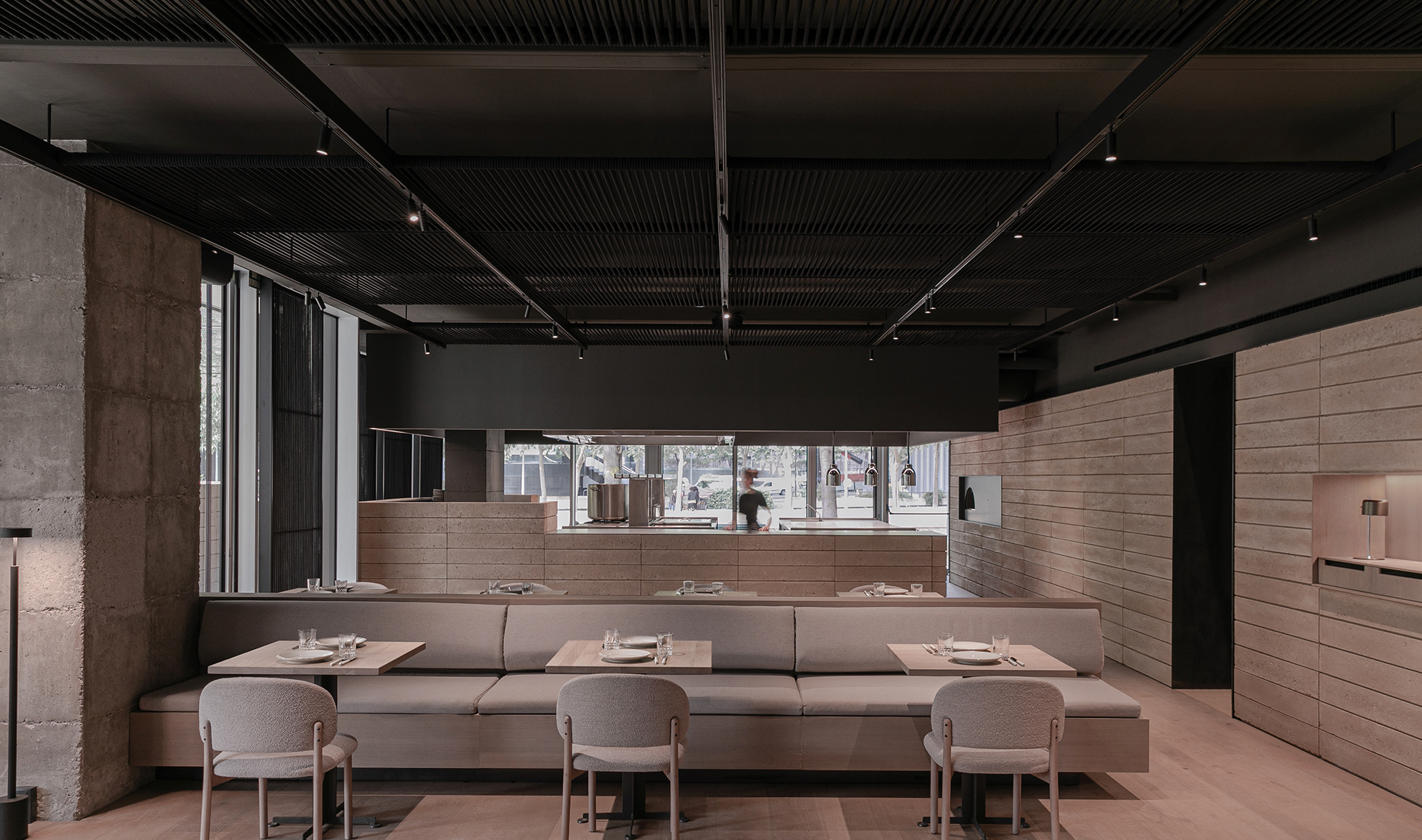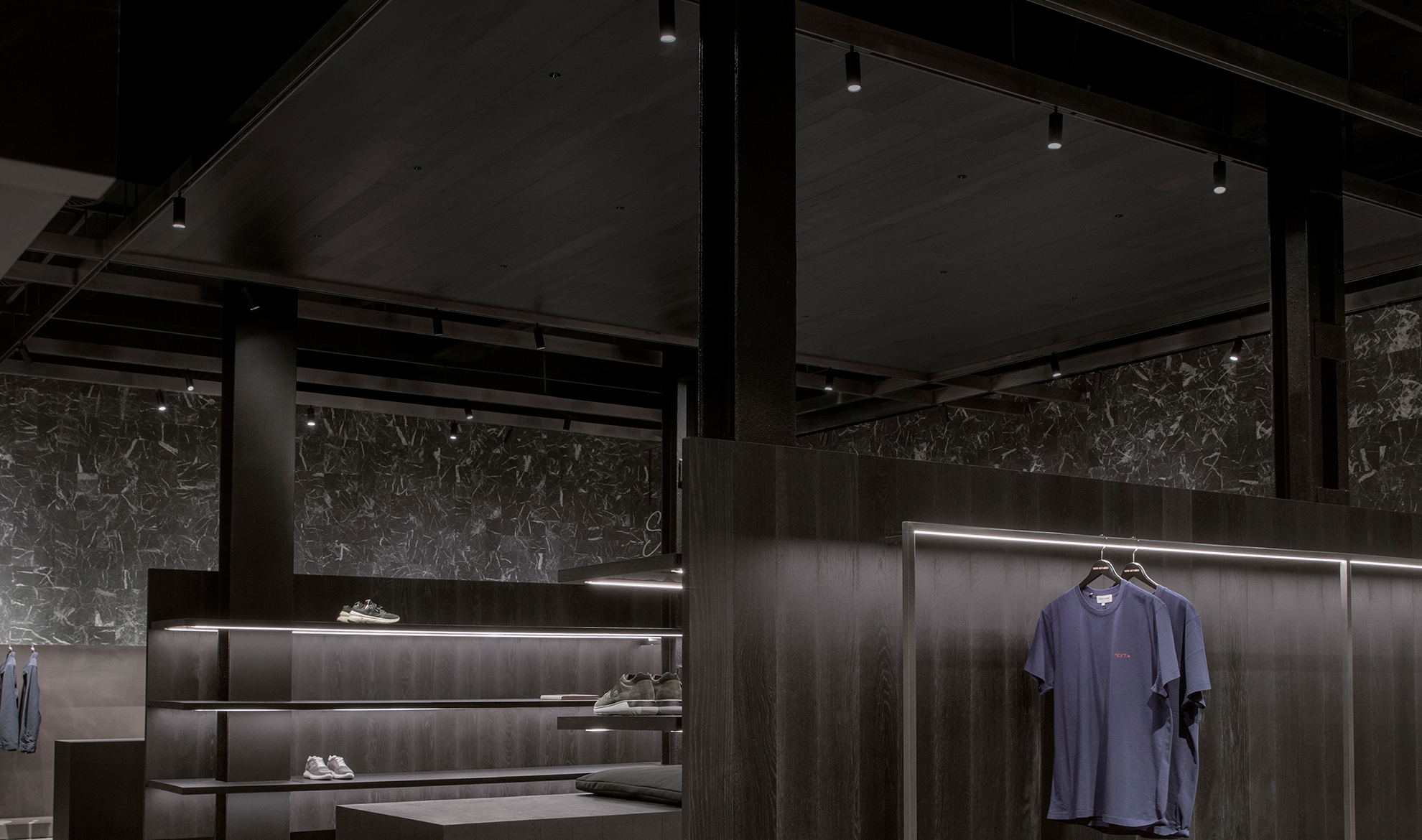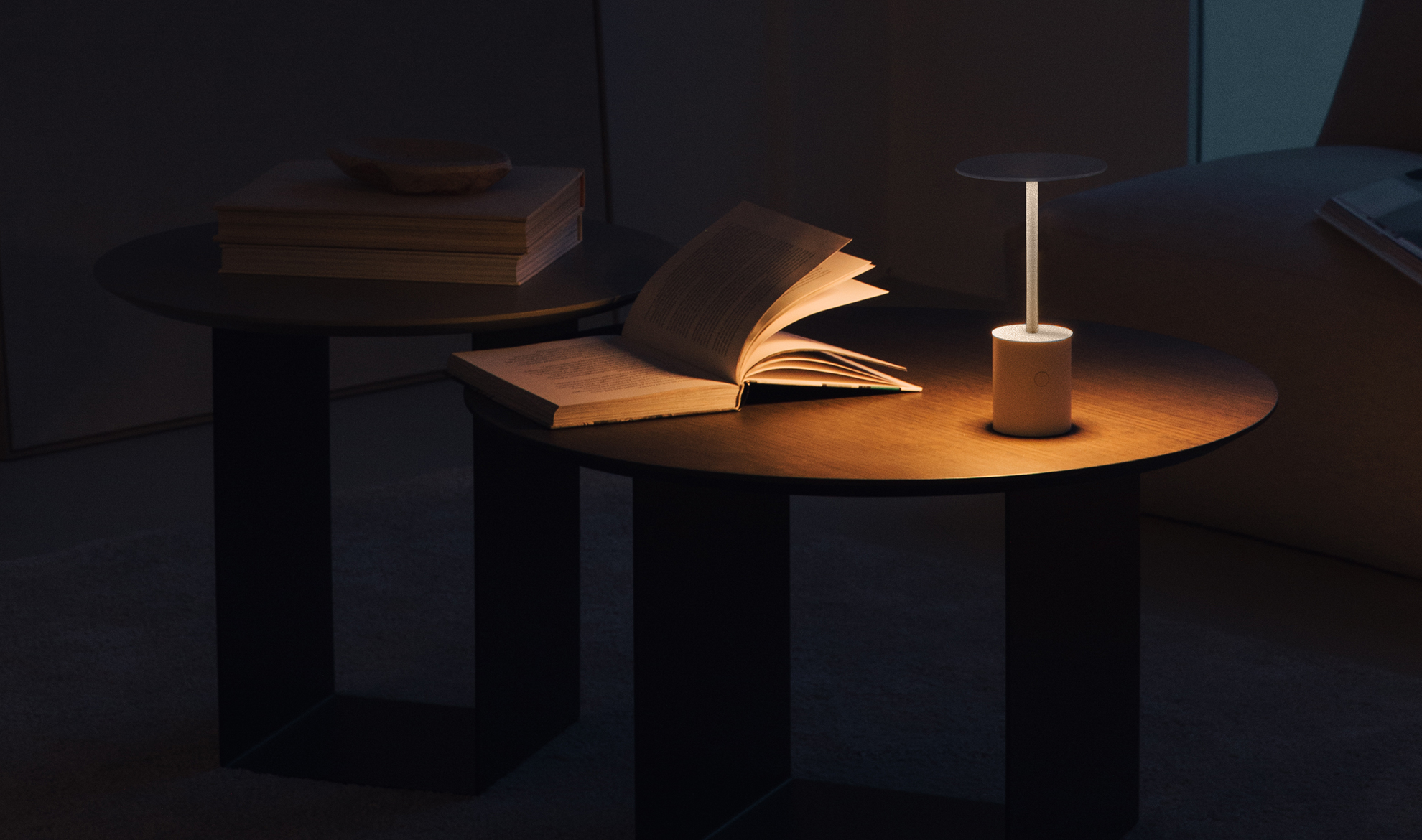Workspaces with greater comfort and productivity
03.09.2025
- Light & Learn

The working environment has a direct influence on people’s well-being and productivity. One of the most decisive factors is lighting, which can make the difference between a space that promotes concentration and one that causes fatigue or distraction.
The science behind light
Lighting is not just an aesthetic or functional resource: it is closely linked to circadian rhythms, which are natural regulators of energy, concentration and rest.
While dynamic white light in the morning stimulates alertness and cognitive performance, warm light contributes to relaxation at the end of the day and reduces accumulated stress.
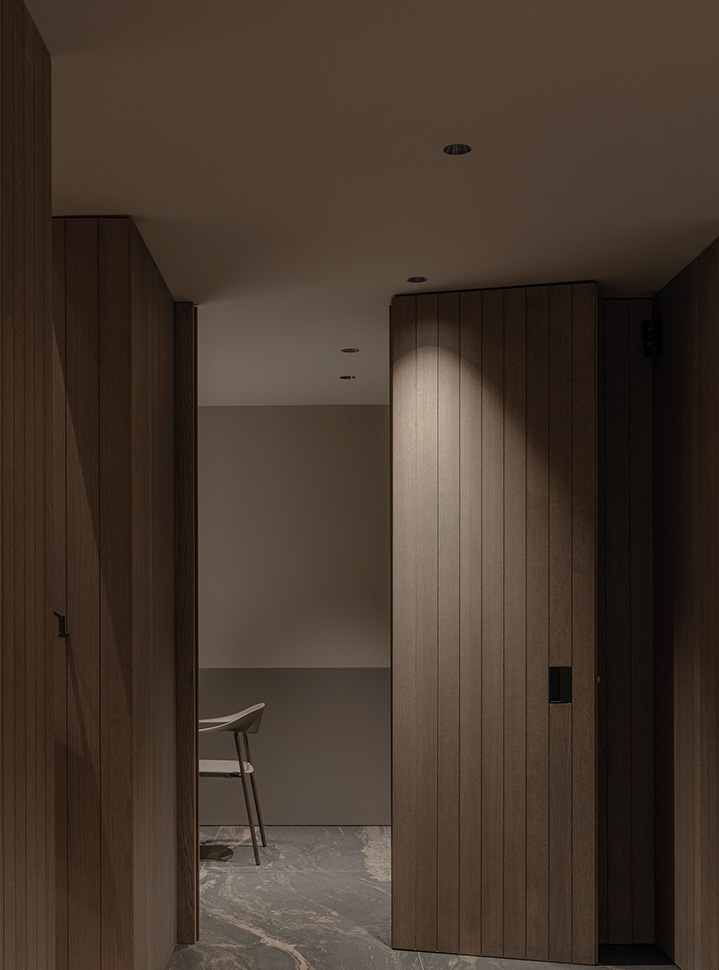
Impact on health and wellbeing
Inadequate lighting, in addition to poor visibility, can indirectly cause eye strain, headaches, sleep disturbances and even lack of concentration and stress.
On the contrary, lighting adapted to the body’s natural cycle improves mood, regulates hormones such as melatonin and cortisol, and helps maintain high levels of energy and focus throughout the day, thus improving team productivity.
LED technology at the service of biological rhythms
Thanks to LED technology and the ARK-Control system, it is possible to simulate the natural progression of sunlight in any workspace. This system allows both the colour temperature and the intensity of the light to be dynamically regulated, respecting natural lighting as much as possible and offering the necessary flexibility for each moment of the day.
- Warm colours (2700K): ideal for relaxation spaces, such as dining rooms and rest areas.
- Warm neutral (3000K): increasingly used in workspaces because it offers warmth without compromising good visual perception.
- Cool colours (3500K-4000K): suitable for activities that require attention and productivity, such as assembly tables, desks or meeting rooms.
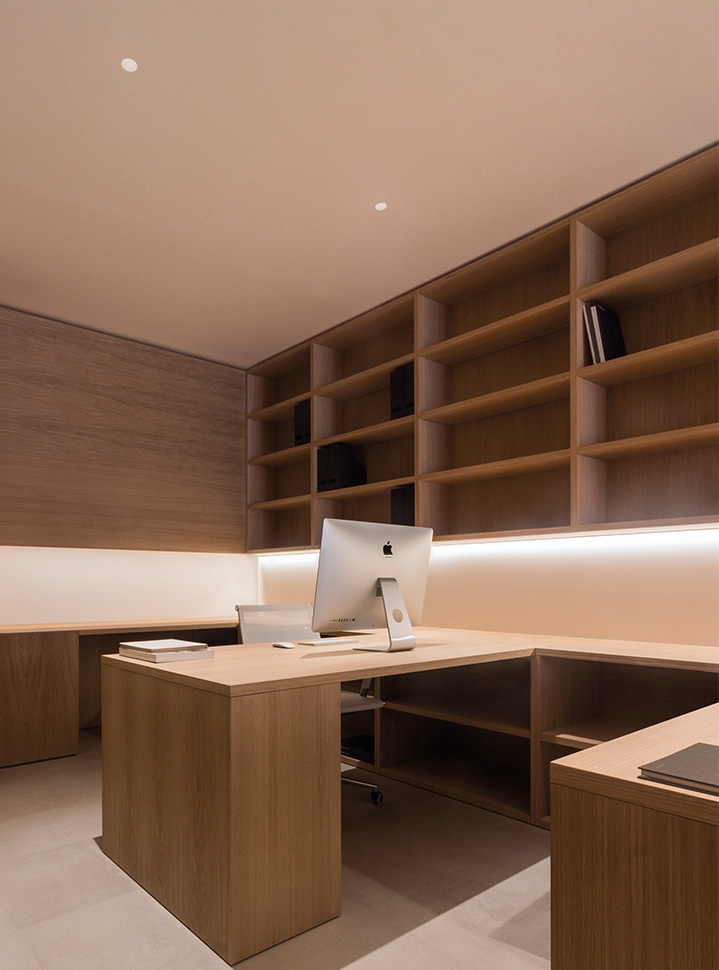
Integration of natural and artificial light
Natural light is often considered a priority. However, there are times of the day or seasons of the year when it is insufficient. In these cases, it is necessary to supplement it with general lighting that guarantees adequate levels of ambient light, and with task lighting that ensures uniformity, reduces shadows and avoids excessive contrasts on work surfaces.
The 48V track system allows both general and focal lighting to be integrated into the same installation, offering multiple configurations and a high capacity to adapt to different spaces and functions.
Key recommendations
- Opt for systems that mimic the circadian cycle.
- Control glare and annoying reflections.
- Allow the light intensity to be customised according to the needs of each employee.
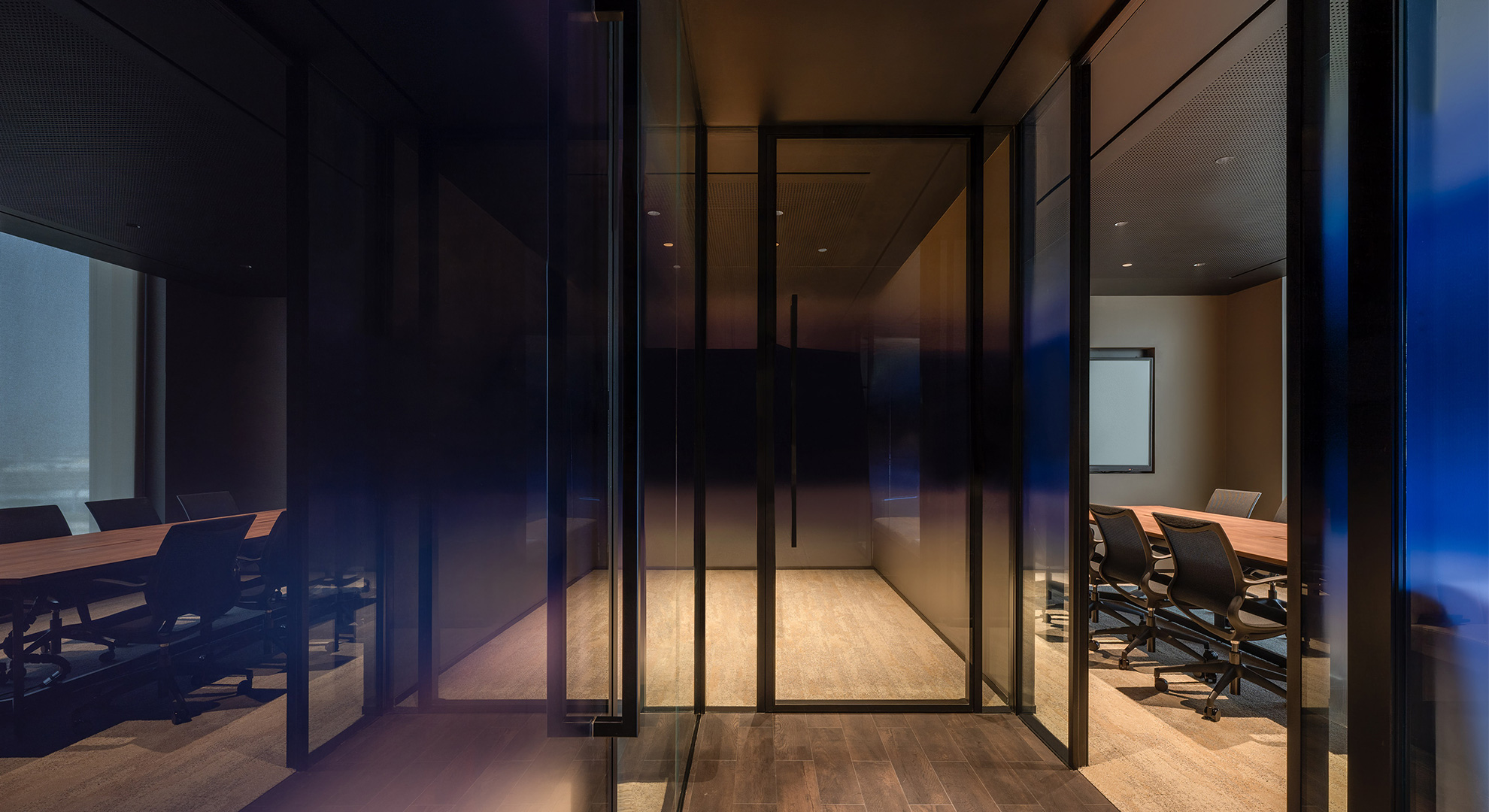
Lighting is an investment in health, well-being and productivity. Adapting spaces with dynamic solutions such as ARK-Control ensures more comfortable environments that respect the body’s natural rhythms and are capable of boosting workers’ daily performance. Thanks to innovation, lighting has advanced to the point where it allows spaces to adapt to people.
Shall we talk about UGR?
The UGR index, or unified glare rating, is a measure used to assess the level of glare caused by a lighting installation in a given space.
A low UGR means greater visual comfort, while a high UGR indicates a risk of discomfort from bright lights.
The European standard EN 12464-1 establishes that in offices the UGR must be <19, highlighting the importance of controlling glare to ensure visual comfort.
